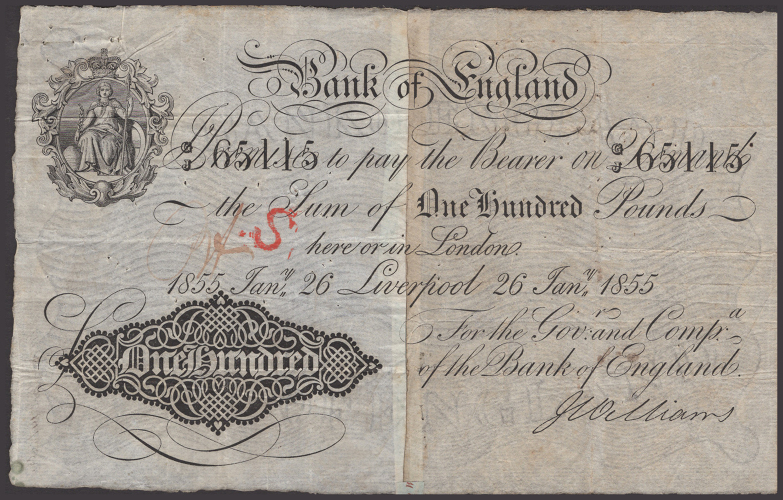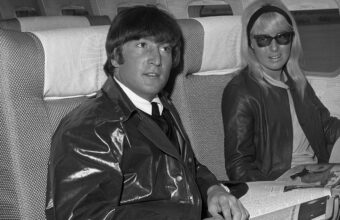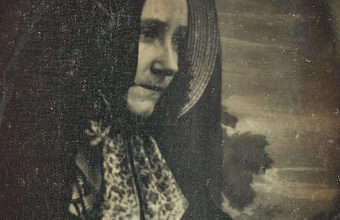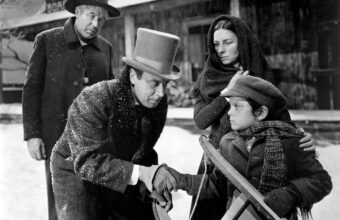A banknote that was cut in half to protect its enormous value will be auctioned in London at the end of this month. The £100 Liverpool Bank of England note from 1855 is expected to make over £20,000.
When it was printed, £100 was a huge sum of money. This single piece of paper was worth around £15,000 in 2024 terms.
In order to keep that big portable sum safe it was cut in half before being posted and reassembled on arrival.
Like all notes of this date it was personally signed by the Chief Cashier of the Bank of England, who in 1855 was Matthew Marshall.
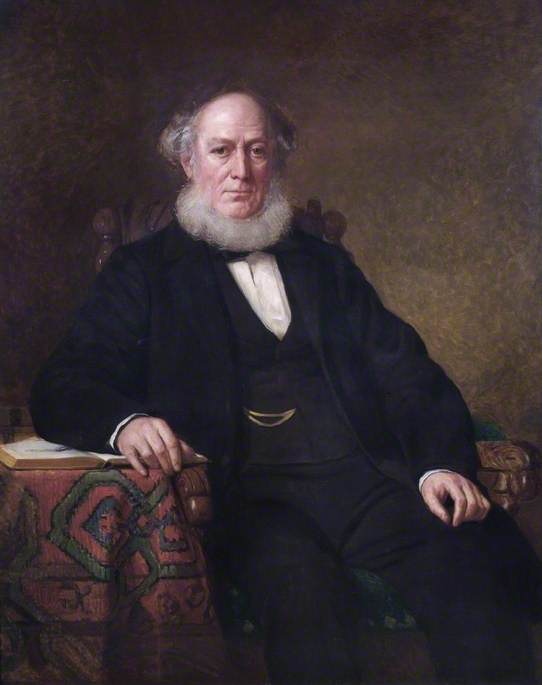
Andrew Pattison, head of the banknotes department at Noonans, who are handling the sale, said: “This remarkable note is of the highest quality and is dated from 26 January 1855, making it almost 170 years’ old. It is signed by Matthew Marshall who was chief cashier of the Bank of England between 1835 to 1864 and is one the highest denominations that he signed.”
Banknotes have been around in some form or another since the 7th century, when they were first used in China.
In 1694 the Bank of England issued what are now considered the first modern bank notes, to help finance a war against France.
The notes were initially hand-written and individually handed to bank customers. They were printed in a standard range of denominations by 1745 and by 1833 they were considered legal tender.
The most valuable notes can realise very high prices from collectors.
In 2014, a US “Grand Watermelon note” with a face value of $1,000 auctioned for $3.3 million.
At the time the sale made it the most valuable piece of currency ever sold. It also reflected a huge increase from its 1970 sale for just $11,000.
Typically, to attain value, notes must be older (paper doesn’t last in the way that coins do), and with a high face value that adds to its rarity.
Last year Noonans sold a £500 note from 1936 for £24,000, and this sale includes a 1922 £1,000 note (estimated sale up to £20,000), and a very early £10 note from 1789 with a £26,000 top estimate.
The sale takes place in London on June 26.







